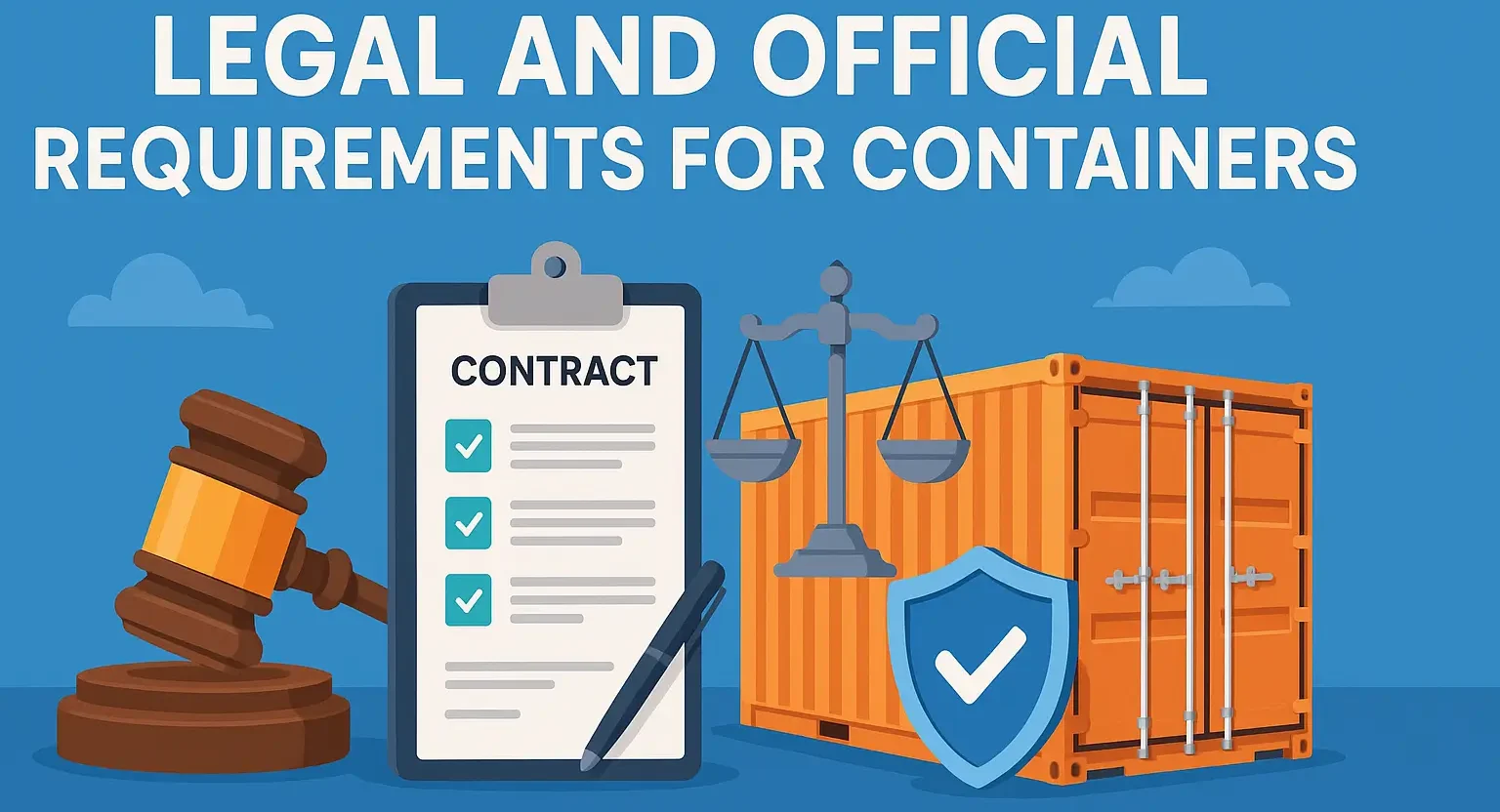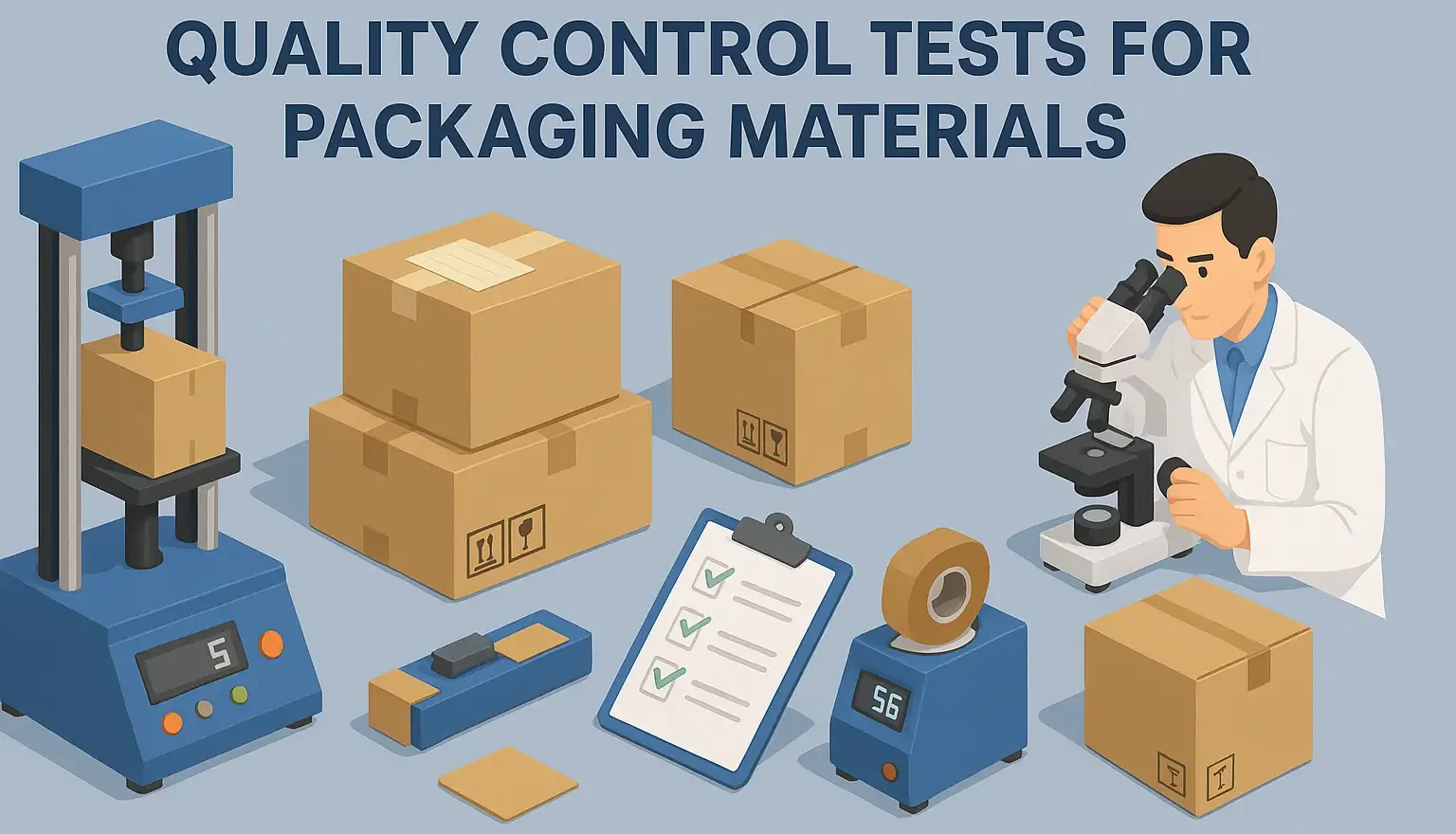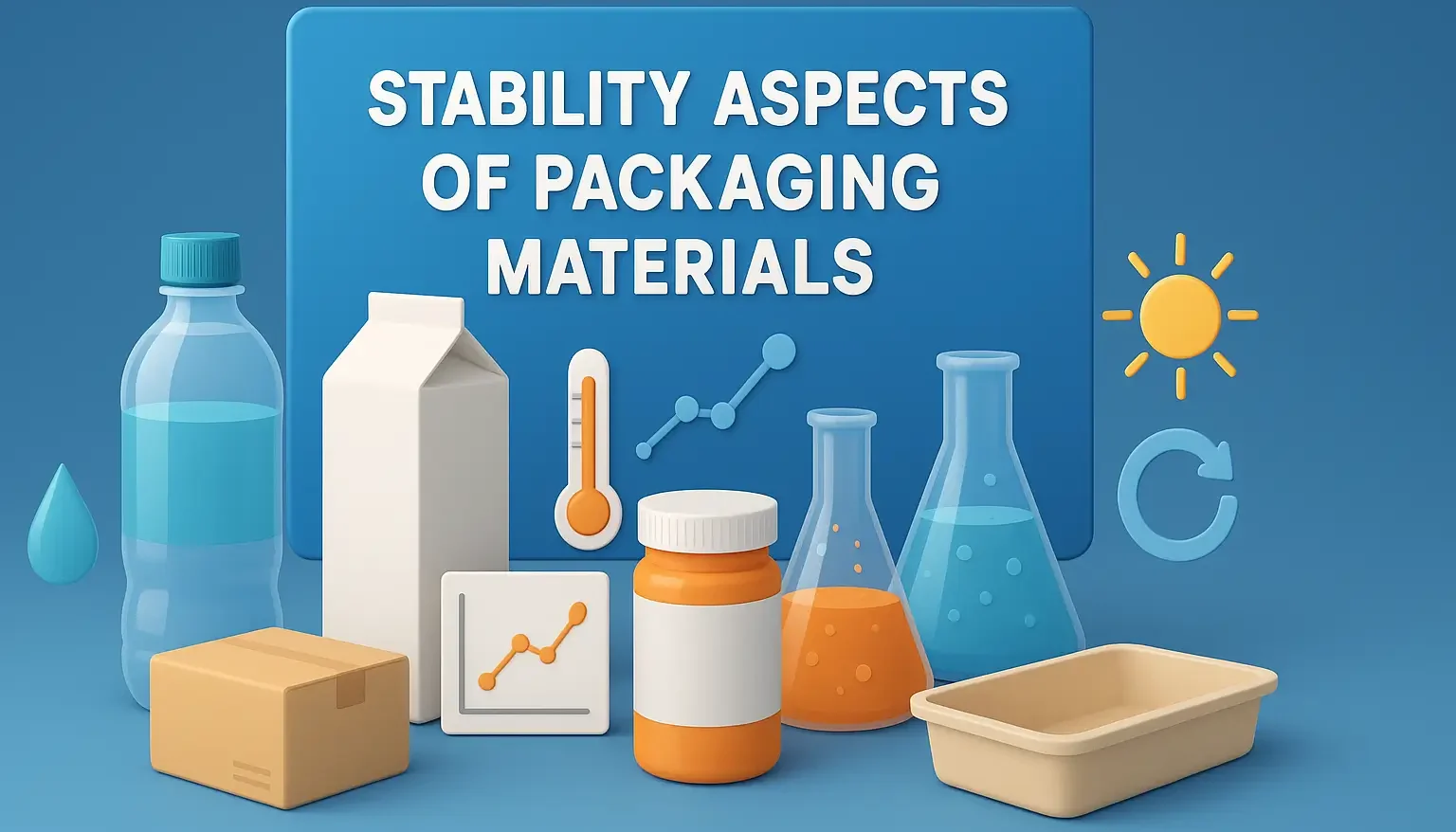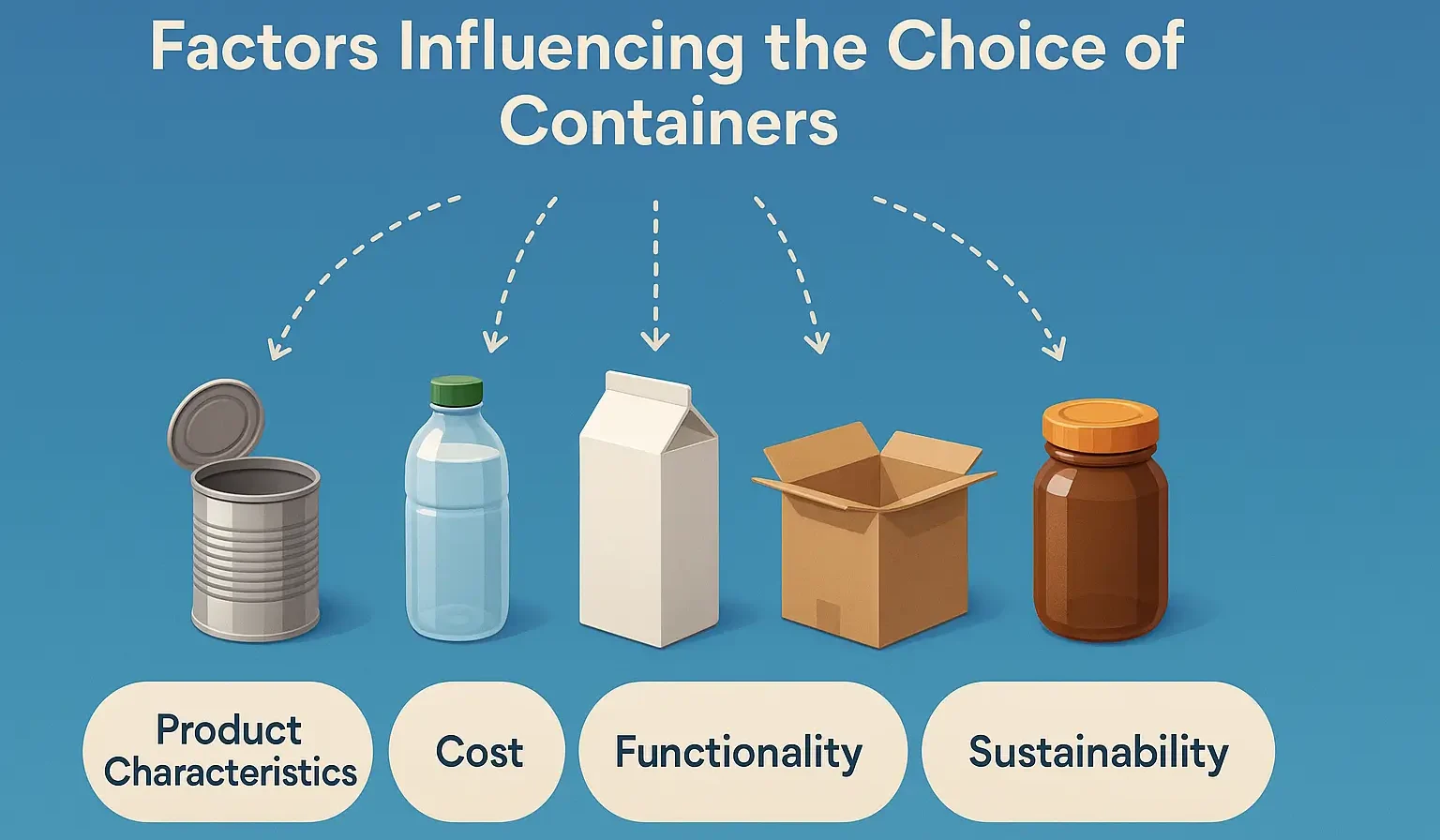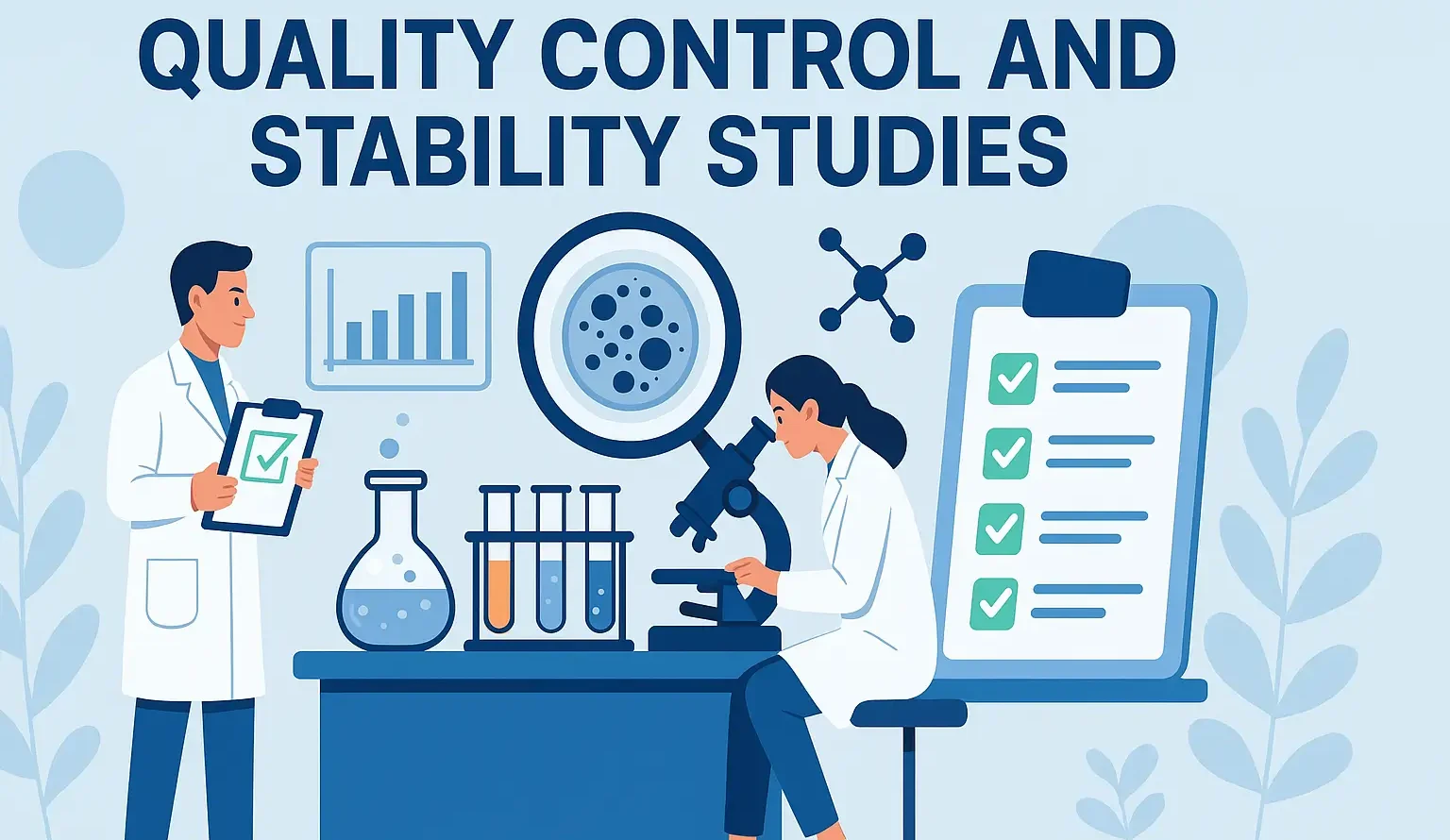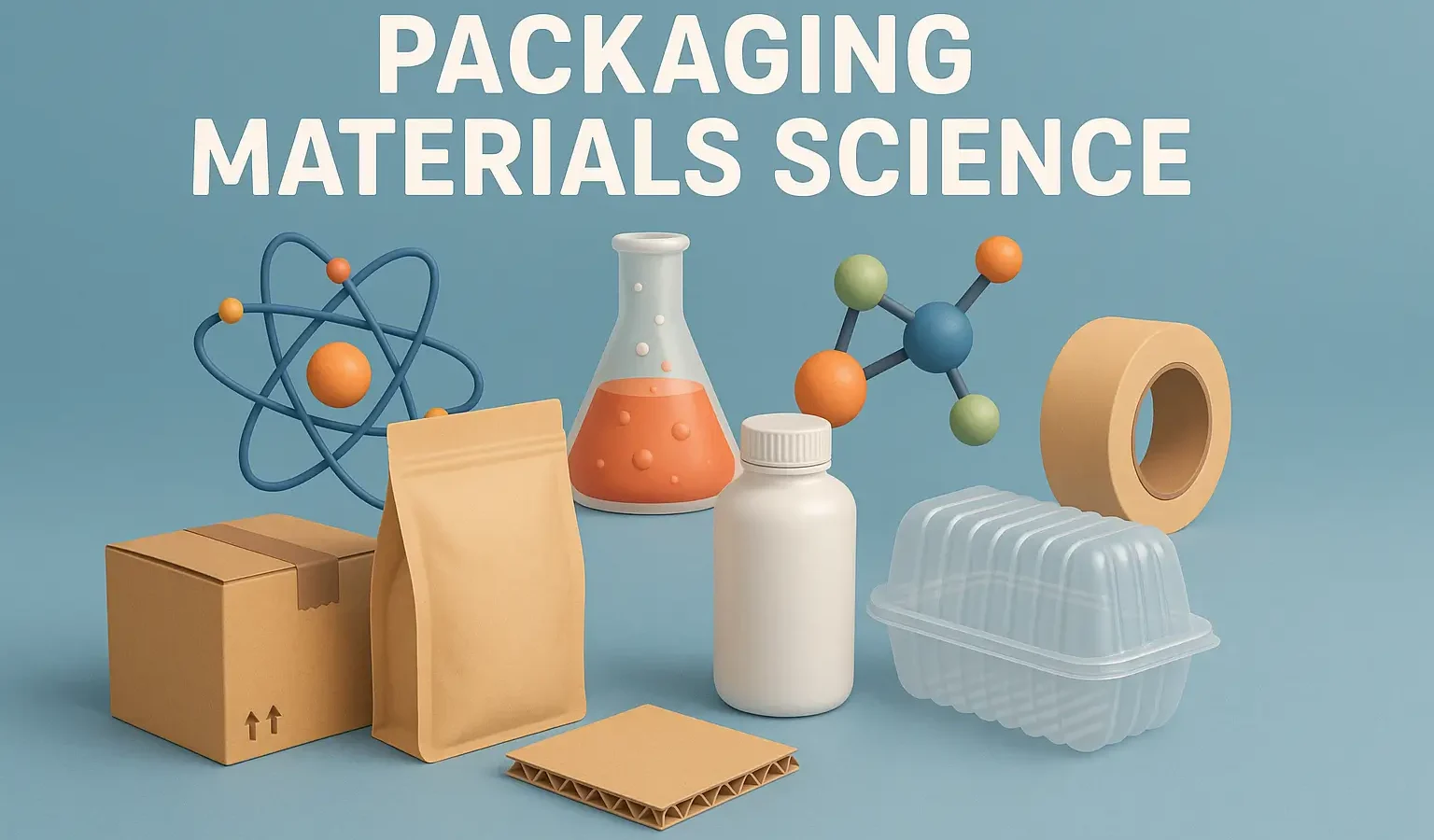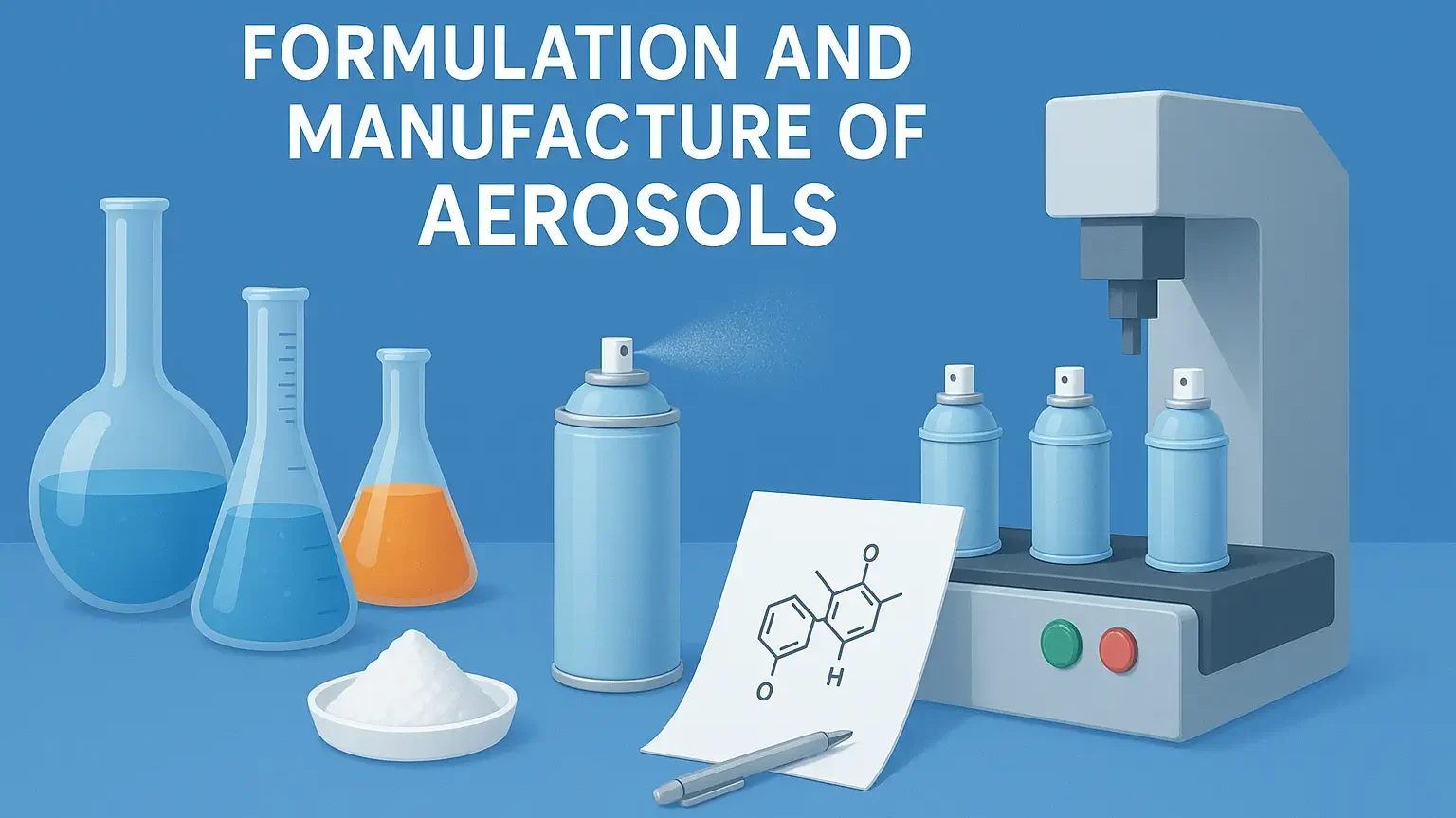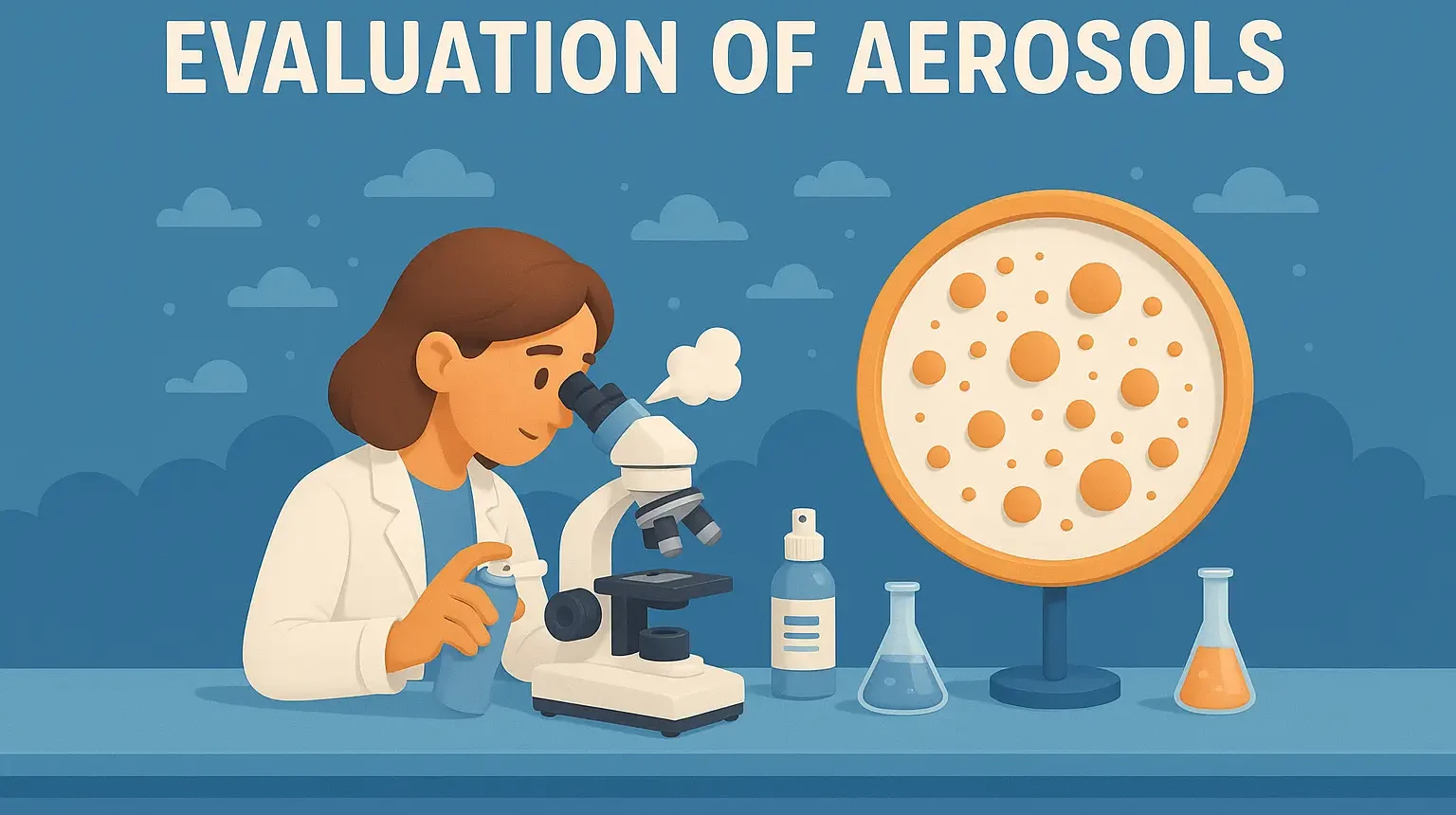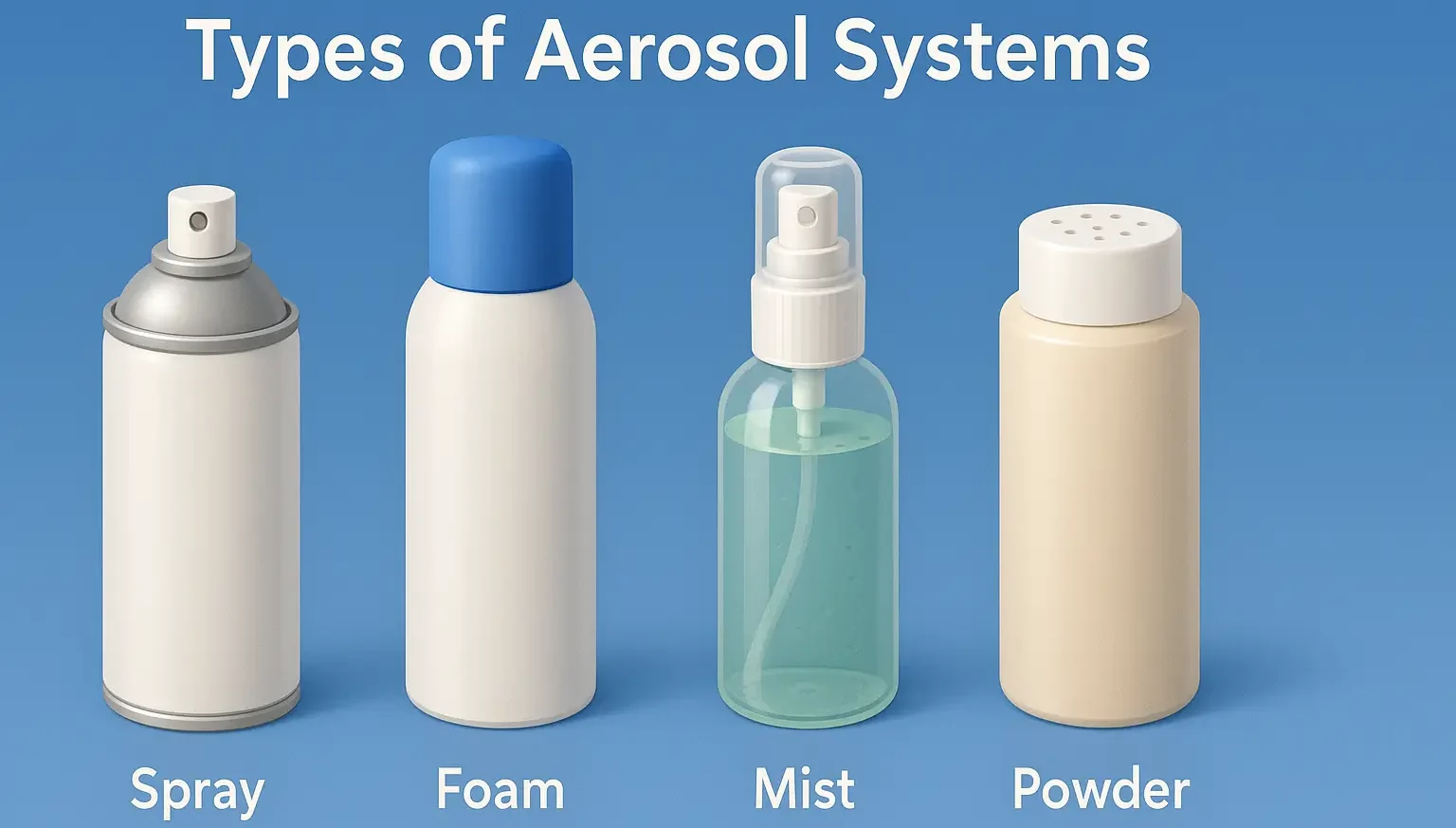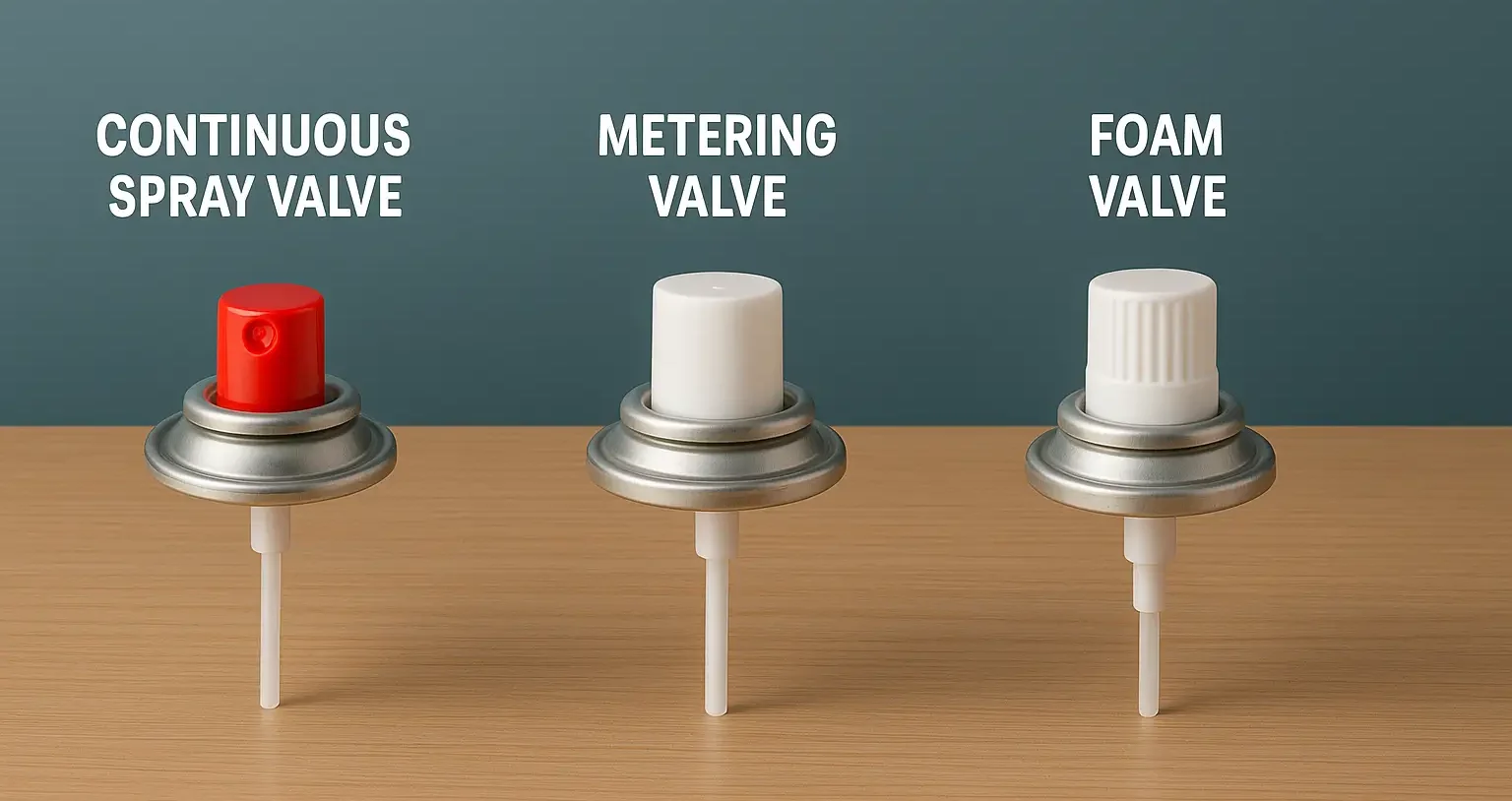Legal and Official Requirements for Containers
Legal and Official Requirements for Containers ensure that container is made from approved materials, maintain product stability, and prevent contamination. Legal and Official Requirements for Containers include mandatory labeling, tamper-evident features, and compliance with pharmacopeial and regulatory standards. Pharmaceutical packaging must meet strict regulations to ensure safety, efficacy, and protection: Pharmacopeial Standards: USP/NF (U.S.) and … Read more

